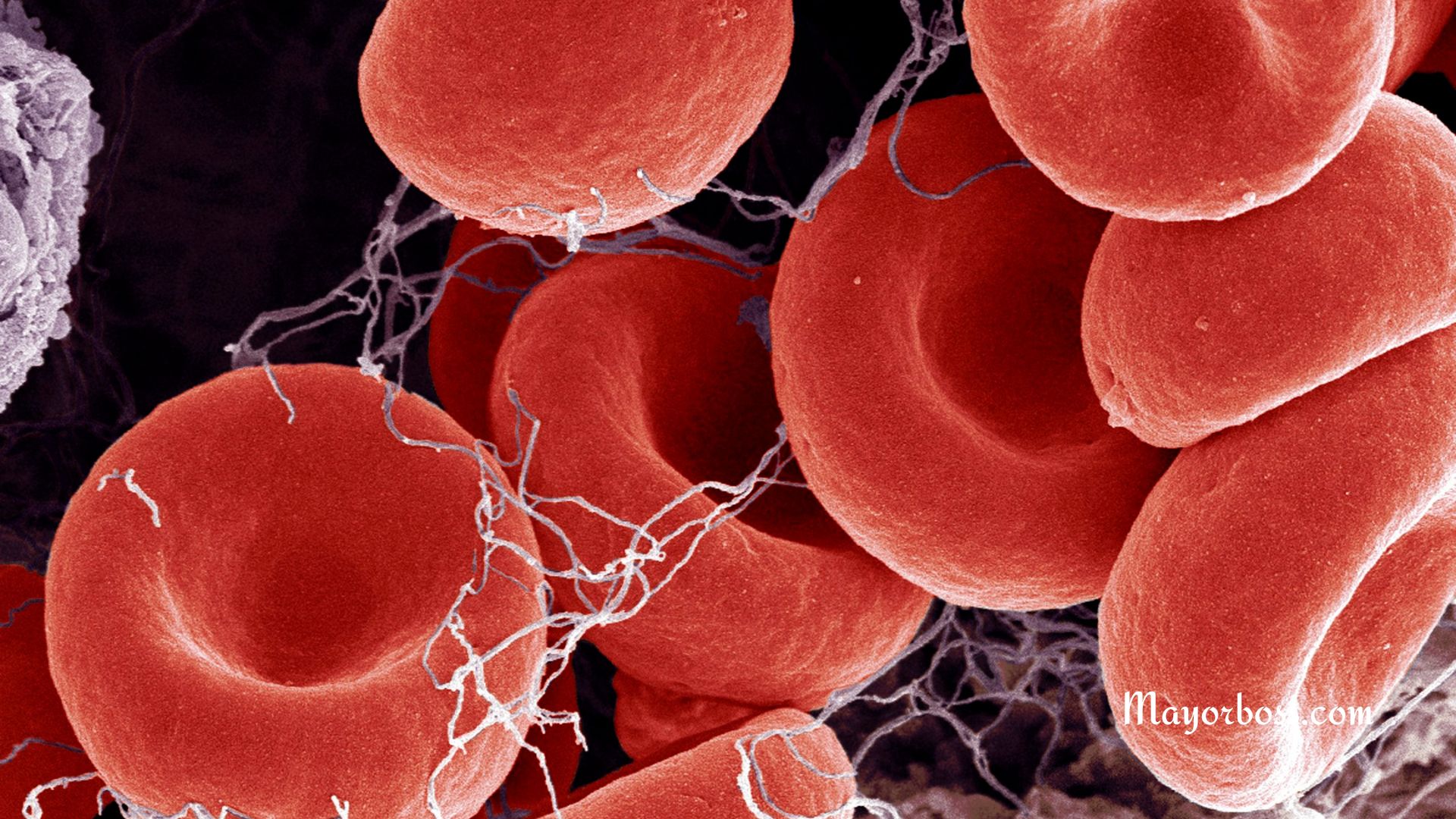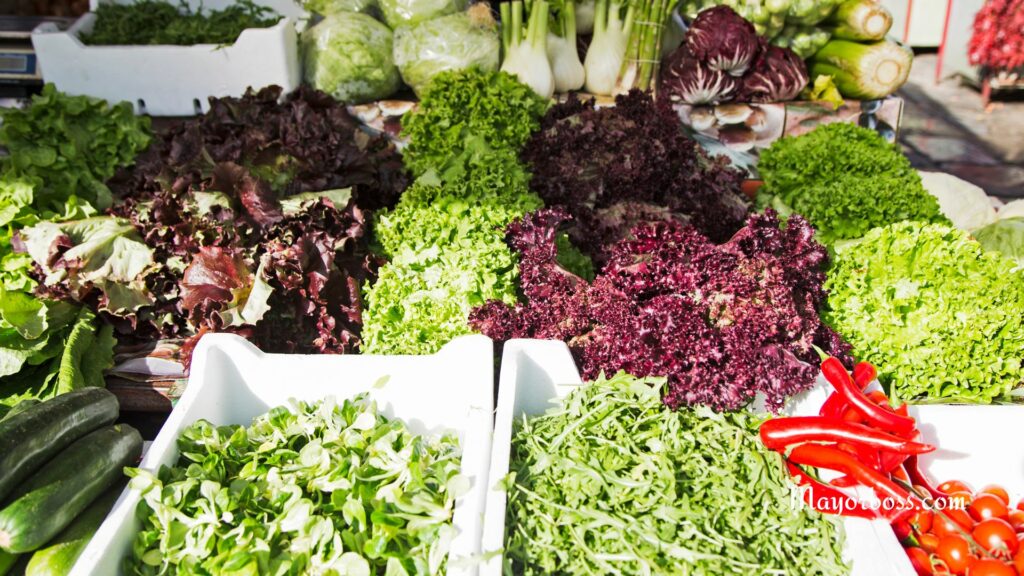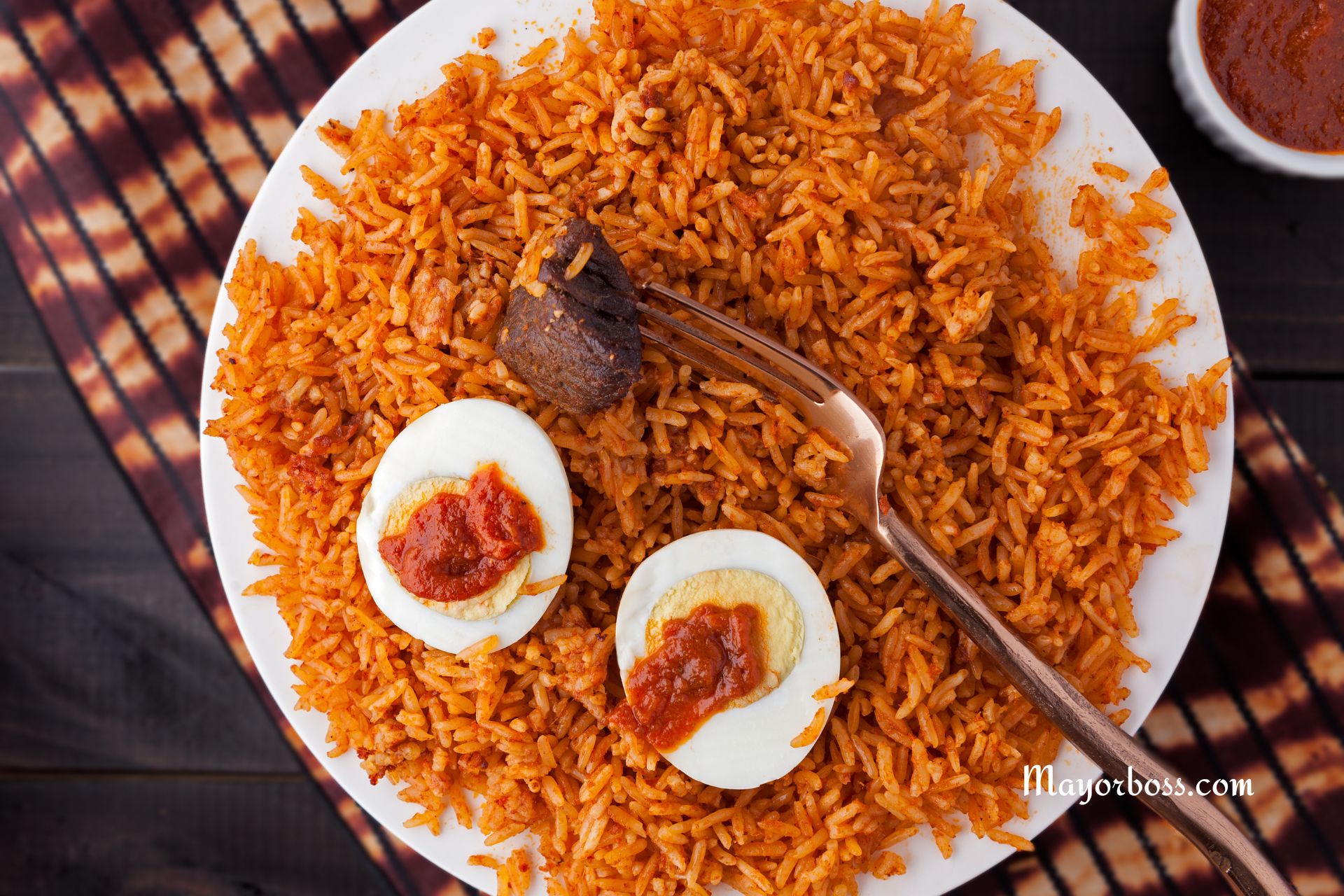10 Foods to Prevent a Deadly Blood Clot
Blood clots can be dangerous and sometimes life-threatening. The silver lining is that some foods can help keep your blood flowing smoothly. Foods rich in antioxidants, Omega-3 fatty acids, and other essential nutrients can be your allies in maintaining good vascular health. So, let’s explore ten foods that can help you fight off blood clots.

Fatty Fish
Fatty fish like salmon, mackerel, and sardines are packed with Omega-3 fatty acids. These acids are famous for their anti-inflammatory and anticoagulant properties. As a result, eating fatty fish can help keep your blood vessels healthy. To enjoy it, you can grill, bake, or even whip up a fish curry. Try to include fatty fish in your meals at least twice a week.
Garlic
Garlic contains a magical compound called allicin that has blood-thinning capabilities. This helps in preventing the formation of clots. On top of that, garlic improves blood circulation and lowers cholesterol. You can easily add minced garlic to your salads, stir-fries, and pasta dishes. Alternatively, garlic supplements are also an option.
Tomatoes
Tomatoes are rich in antioxidants, making them pivotal in preventing clot formation. They also contain a substance called lycopene, which helps to improve blood flow. You can enjoy tomatoes in salads, salsas, or sauces; they are versatile and delicious.

Berries
Berries like strawberries, blueberries, and raspberries are rich in antioxidants such as flavonoids. These compounds contribute to lowering the risk of clot formation. To enjoy them, you can eat them fresh, add them to smoothies, or sprinkle them over your morning oatmeal or yogurt.
Leafy Greens
Leafy greens such as spinach, kale, and Swiss chard are high in vitamin K. Although vitamin K is often associated with clotting, it actually helps regulate it. Eating these greens in moderation can be a healthy addition to your anti-clotting diet. To incorporate them into your meals, consider making salads, stir-fries, or even green smoothies.

Nuts and Seeds
Walnuts, almonds, and flaxseeds contain Omega-3 fatty acids and vitamin E. Both of these nutrients have blood-thinning properties. Snacking on a handful of nuts or adding them to your salads and desserts can be a tasty way to enjoy their benefits.
Citrus Fruits
Citrus fruits like oranges, lemons, and grapefruits are rich in flavonoids. These natural compounds act as blood thinners and improve your overall heart health. To savor these fruits, consider having a glass of freshly squeezed orange juice in the morning or adding lemon zest to your dishes.

Beets
Beets are high in nitrates, which can improve blood flow and help prevent clotting. You can enjoy beets in various forms, such as salads, smoothies, or even roasted as a side dish.
Ginger
Ginger possesses anti-inflammatory properties and acts as a natural blood thinner. You can benefit from this powerful root by making ginger tea, infusing water with it, or adding it to your stir-fries.
Dark Chocolate
Dark chocolate is not only delicious but also contains flavonoids and antioxidants that help in preventing blood clots. A small square a day can be a delightful way to keep blood clots at bay.

So, there you have it—ten foods that can help you maintain a healthy circulatory system. Incorporating these into your daily diet can be a big step in preventing dangerous blood clots. Always consult your healthcare provider before making significant changes to your diet, especially if you are on medication.
FAQs About Foods to Prevent Blood Clots
Can I Rely Solely on Diet to Prevent Blood Clots?
Absolutely not. While a balanced diet rich in certain foods can aid in preventing blood clots, it’s not a standalone solution. Exercise, hydration, and any medications prescribed by your doctor are also critical.
Is It Safe to Eat Anti-Clotting Foods While on Blood-Thinning Medication?
Proceed with caution. Some foods that have natural blood-thinning properties might interfere with blood-thinning medications you’re already taking. For example, the vitamin K in leafy greens can counteract the effects of some blood thinners. Therefore, it’s crucial to talk to your healthcare provider before incorporating these foods into your diet.
How Often Should I Eat These Foods?
There’s no one-size-fits-all answer, as frequency can depend on your individual health needs and dietary restrictions. However, a good rule of thumb is to include these foods as part of your regular diet. You might aim to have fatty fish like salmon a couple of times a week and strive to eat fruits and vegetables every day.
Are There Any Side Effects to Eating Anti-Clotting Foods?
For the most part, foods that help prevent blood clots are safe and offer numerous health benefits. However, everything should be consumed in moderation. Eating too much garlic, for example, can cause digestive issues and bad breath. So, balance is key.
Can These Foods Cure Existing Blood Clots?
Definitely not. While these foods can help prevent the formation of new blood clots, they can’t dissolve existing ones. If you suspect you have a blood clot, it’s crucial to seek medical attention immediately. Medical treatments often involve medications and sometimes even surgical interventions.
Are These Foods Suitable for Everyone?
Generally, these foods are healthy options that can benefit most people. However, if you have allergies or other specific medical conditions, some foods may not be suitable for you. For instance, people with fish allergies should avoid fatty fish, no matter how rich they are in Omega-3s.
Further Reading: 4 Warning Signs of a Blood Clot In Your Leg






